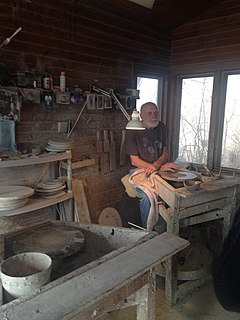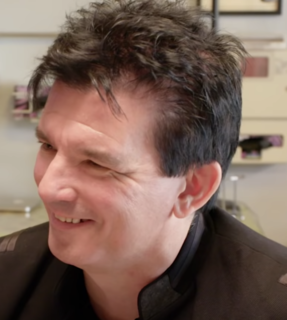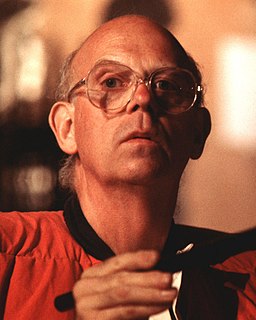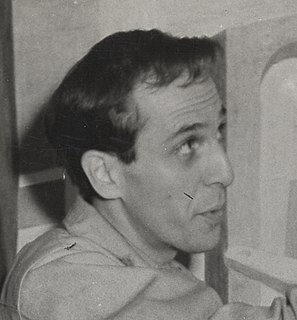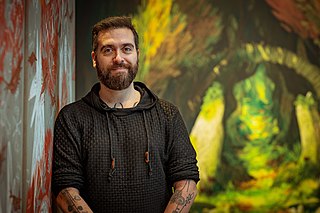A Quote by Warren MacKenzie
[Shoji] Hamada seldom drew an exact drawing of a pot that he was going to make.
Related Quotes
I followed [Shoji] Hamada, because I guess Alix [MacKenzie] and I, we both saw the danger that lay in planning things out on paper and then simply executing them. And with Hamada there was a much more direct sense that the piece had happened in the process of making on the wheel, and that was what we wanted to do with our work. We weren't always able to do it, though.
[Shoji] Hamada's [drawings] were little one-line notations of something he wanted to remember about a pot or a piece of furniture or a landscape or something like that, and they were just done very quickly and they had, he thought, no artistic quality. They're not great drawings, but they served to remind him of something he had in his mind, so that when he then went to the studio, that would stick in his mind and he could explore the making of the pot with the clay on the wheel.
Bernard [Leach] had acquired many [Shoji] Hamada works. Some of them, it was interesting - first of all, Hamada worked in St. Ives for about four years before returning to Japan to start his own pottery. He had exhibitions in London, and if these exhibitions didn't sell out, the galleries were instructed to send the remaining work down to the Leach Pottery, where they would go into the showroom for sale. If Bernard saw one that hadn't sold that he really admired, then he would take it (he would buy it), and it would go into the house.
Things happen very quickly and they have to happen quickly in order to have vitality, which I think is essentially part of a good pot. But in addition it means that you can explore an idea and change it and then change it and then change it; I don't mean by changing the one pot, but you make one pot then you make another that's related to that; you make another - you can make 50 pots in a day and none of them are going to be carbon copies of any other, but they'll all be related because there's something going through your mind about the form on that particular day.
Since my act is a goofy reflection of what's going on in my life, I started doing pot jokes, and I noticed that audiences invariably love pot jokes. Even people who don't smoke pot think it's a funny subject. So when I started getting laughs, I started doing more material about it. When people come to see my shows, there are a lot of stoners in the audience, but there are also a lot of people who just like me. So I try to give a healthy mix, where people aren't going "There are too many jokes about pot!" or "There's not enough jokes about pot!"
The truth is, marijuana probably isn't going to make you kill people. Most likely isn't going to fund terrorists, but pot makes you feel fine with being bored and it's when you're bored that you should be learning a new skill or some new science or being creative. If you smoke pot you may grow up to find out that you're not good at anything.
I was always interested in drawing. As a child, I started my own country, which was called Neubern. It was located in the South Atlantic. I did the documentation of Neubern in great detail. I drew everything that was there, all the houses and all the cars and all the people. We even had a navy and an air force. I spent a lot of time drawing.
Because this exact leaf had to grow in that exact way, in that exact place, so that precise wind could tear it from that precise branch and make it fly into this exact face at that exact moment. And, if just one of those tiny little things had never had happened, I'd never have met ya. Which makes this leaf the most important leaf in human history
The principle factor in my success has been an absolute desire to draw constantly. I never decided to be an artist. Simply, I couldn't stop myself from drawing. I drew for my own pleasure. I never wanted to know whether or not someone liked my drawings. I have never kept one of my drawings. I drew on walls, the school blackboard, odd bits of paper, the walls of barns. Today I'm still as fond of drawings as when I was a kid - and that was a long time ago - but, surprising as it may seem, I never thought about the money I would receive for my drawings. I simply drew them.
